1. Three’s Company and the Wildly Overused “Misunderstanding”

So many Three’s Company plots revolved around misunderstandings, but the ones that hinged on sexuality feel especially outdated now. There’s an episode where the entire storyline leans on Jack pretending to be something he’s not, and the jokes keep circling back to stereotypes that definitely wouldn’t pass today. It plays everything for laughs in a way that feels clunky and uncomfortable when you revisit it. You can almost feel the audience being coached to giggle at things that would land completely differently now. The cast sells the slapstick, of course, but the writing doesn’t hold up with modern sensibilities. It’s one of those episodes people remember fondly until they rewatch it. Suddenly you realize just how much the plot relies on outdated assumptions.
Rewatching it today, the whole premise feels incredibly thin. The humor depends on viewers accepting certain ideas as inherently funny, and modern audiences simply don’t. You might still chuckle at John Ritter’s impeccable timing, but the jokes don’t age as gracefully as his performance. It’s a reminder of how quickly social attitudes evolve, especially around topics that shows once treated as punchlines. If anything, the episode feels like a time capsule that shows us more about the ’70s than it does about the characters. You can’t help but think how different it would look if written today. And maybe that’s the most fascinating part, seeing how sitcom humor has evolved over the decades.
2. All in the Family’s Episode With Archie’s Very Misguided Views
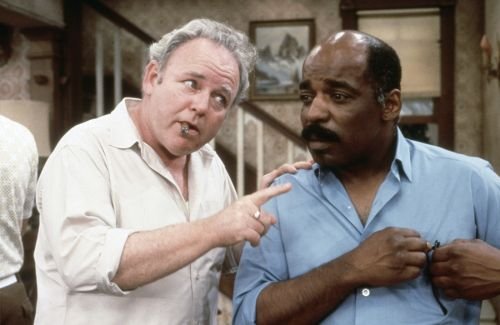
Archie Bunker’s whole character was built around a certain worldview, but some episodes take it to a level that feels tough to sit through now. There’s one storyline where his stubbornness and language push so far that modern viewers might find themselves pausing and taking a breath. Even though the show was meant to critique that mindset, hearing those lines in 2025 hits differently. The writing is clever, but the discomfort is real. It’s impressive television, but it’s also something people warn each other about before revisiting. You can admire the intention, but still cringe at the execution. It’s an odd mix of brilliance and “yikes.”
Watching it again today, you see both the groundbreaking nature and the deep flaws. The show asked audiences to confront ugly attitudes, but it sometimes tiptoed too close to normalizing them for the sake of laughs. Carroll O’Connor’s performance is incredible, but the script leans heavily on uncomfortable phrasing. You understand why it mattered in context, yet also why many viewers skip that episode now. It’s challenging art, but not necessarily pleasant art. And it makes you appreciate how far sitcoms have come in addressing social issues with more nuance.
3. The Brady Bunch and the “Cursed Tiki” Adventure
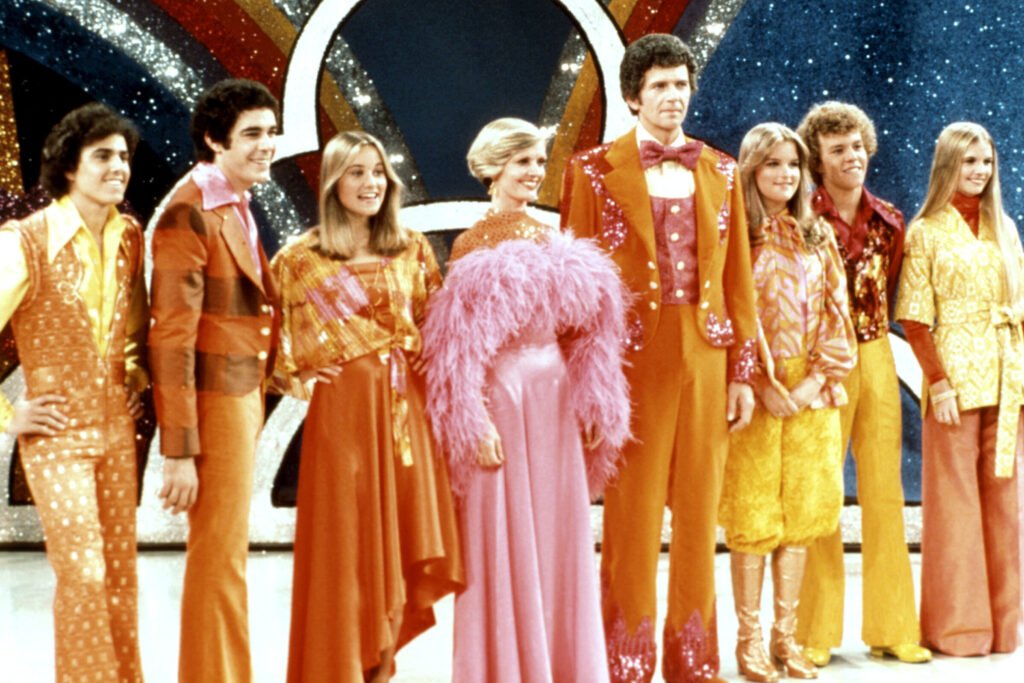
When the Brady family heads to Hawaii and encounters that so-called cursed tiki, the whole thing plays out with a level of cultural insensitivity that modern audiences cringe at. The episode treats Hawaiian culture like a theme park attraction, using legends and rituals as cute plot devices. It’s all meant to be fun, but it feels careless when viewed with today’s awareness. The way the characters react to the “curse” leans more on cartoonish stereotypes than actual culture. You can tell the writers weren’t thinking too deeply about representation. It’s colorful television, sure, but not exactly respectful. And once you notice it, you can’t unsee it.
Rewatching the episode now, you realize just how many sitcoms did this kind of “vacation plot” without considering the cultural impact. The story moves at a breezy pace, which masks some of the more awkward choices. But the jokes don’t land the same way, especially when they poke at traditions that deserved more care. Fans still love the Brady charm, no doubt, but this arc sits a little heavier today. It’s a reminder of how the ’70s treated other cultures as props for comedy. And it makes you appreciate how storytelling has evolved beyond those shortcuts.
4. Happy Days and the Alien Named Mork
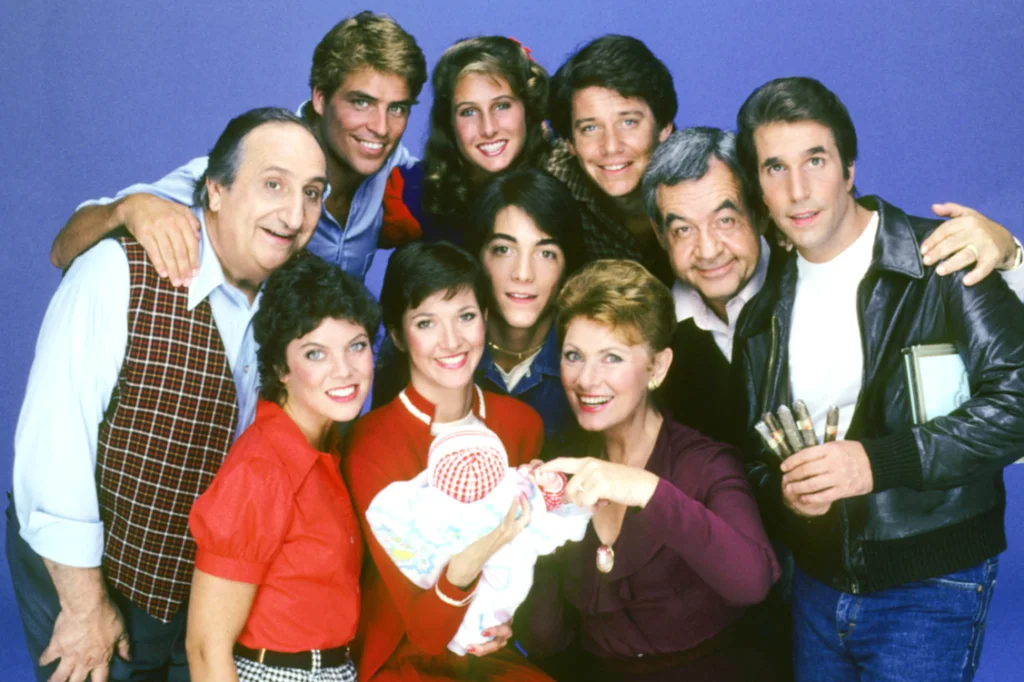
When an alien named Mork shows up on Happy Days, it veers so far from the show’s premise that it feels like you’re watching a parody. The clash between classic Americana and sci-fi tropes is funny, but also bizarrely out of place. It’s one of those “only in the ’70s” ideas that makes you wonder how it ever made it past the pitch meeting. Robin Williams is brilliant, of course, and he elevates every scene he’s in. But the episode feels like it belongs to a different universe entirely. It’s charmingly chaotic, yet undeniably strange. And it doesn’t blend well with the otherwise grounded tone of the show.
Looking back today, the episode almost feels like it was created just to test a spinoff, which it eventually did. But as a Happy Days episode, it hasn’t aged gracefully. The surreal humor clashes with the show’s nostalgic vibe, making it feel more like a novelty experiment. You can still appreciate Williams’ spark and see why the character became iconic. But as part of the original series, it sticks out in a way that feels jarring now. Modern viewers often watch it with equal parts amusement and secondhand embarrassment. And somehow, that makes it an unforgettable relic of ’70s TV.
5. Laverne & Shirley and the Bizarre Haunted House Plot

There’s an episode where Laverne and Shirley get stuck in a spooky mansion, complete with secret passages and a mysterious host. It’s meant to be silly fun, yet the whole setup leans so heavily on clichés that it feels more like a cartoon than a sitcom. The scares are intentionally goofy, but the writing uses some outdated tropes that don’t land well today. It’s an example of sitcoms trying to jump on the “haunted episode” trend of the era. The girls deliver great physical comedy, but the material around them feels thin. Instead of charmingly campy, it edges into cringe.
Rewatching it now, you might find yourself wondering why every sitcom back then needed a haunted house episode. The story relies on contrived scares and forced reactions, which haven’t aged gracefully. Some jokes feel repetitive, and the tone shifts awkwardly between spooky and slapstick. Still, the chemistry between the leads is strong enough to keep you watching. The nostalgia is there, but the execution leaves something to be desired. And it ends up being one of those episodes you remember more for its weirdness than its humor.
6. Good Times and the “J.J. Marries a Much Older Woman” Storyline
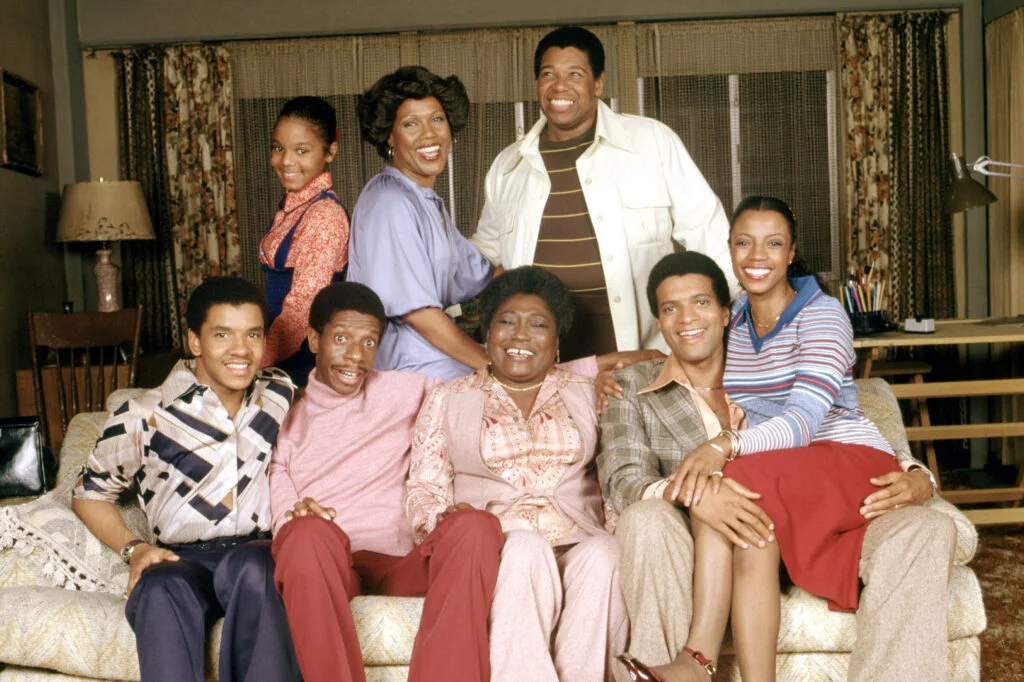
One episode has J.J. falling head over heels for a woman significantly older than him, and the entire plot is treated like a spectacle. The humor leans on exaggerated reactions rather than thoughtful storytelling. It feels awkward now because the show doesn’t handle the topic with much nuance. Instead, the episode plays the age difference for cheap laughs. The writing overshadows the heart the show usually has. And J.J., normally such a charismatic character, gets lost in the gimmick. It’s all a little too over-the-top.
Today, the storyline feels dated because it pokes fun at something that could’ve been explored with more depth. The episode never fully commits to either heartfelt or comedic, landing in an odd middle ground. Modern viewers often look back and see how the humor tries too hard. The family’s reactions feel exaggerated, even by sitcom standards. It’s not the worst episode, but it certainly hasn’t aged well. And it serves as a reminder of how sitcoms sometimes treated personal relationships like punchlines.
7. Welcome Back, Kotter and the Odd “Brainwashing” Episode
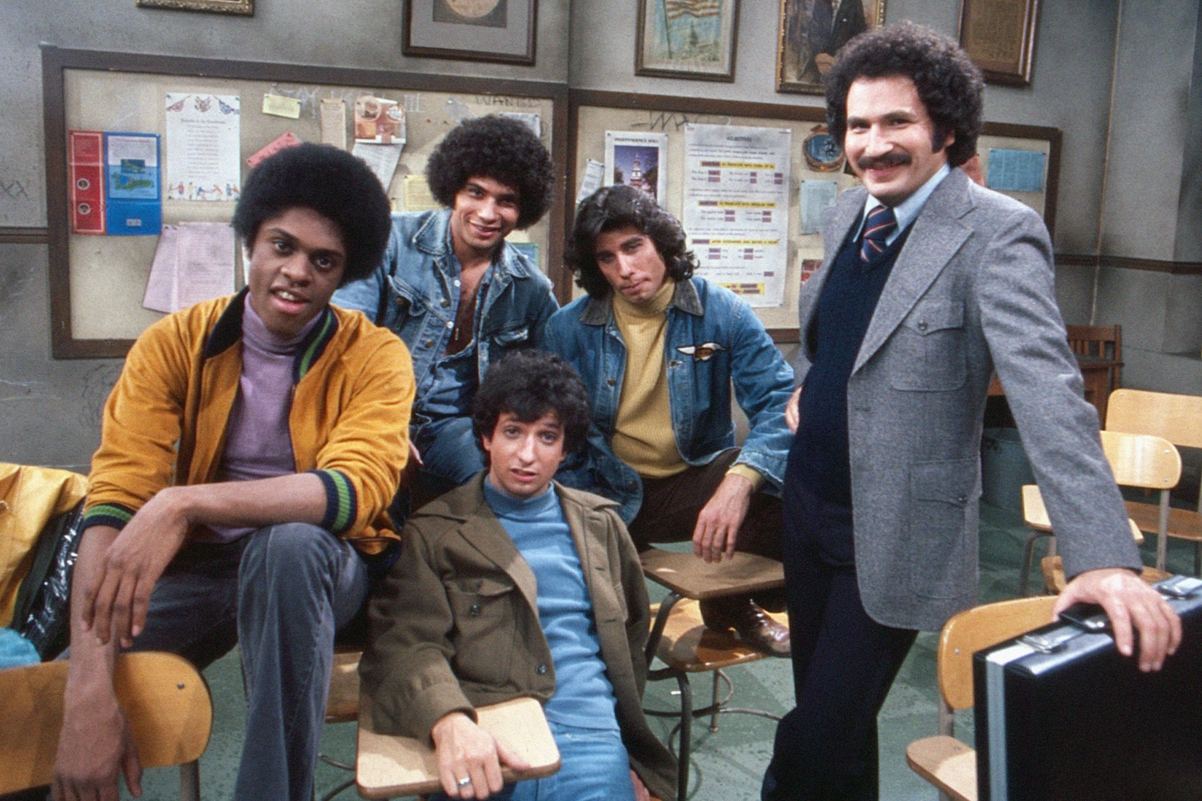
There’s a strange episode where one of the Sweathogs gets caught up in a quasi-cult, and the humor revolves around brainwashing clichés. The jokes rely on stereotypes about gullibility and fringe groups, making the whole setup feel shallow today. Even though the show thrives on big personalities, the writing here feels overly exaggerated. The cast leans into the silliness, but the topic is handled with little sensitivity. It turns something serious into something cartoonish. And that dramatic shift in tone feels off when you rewatch it now.
In the context of today’s understanding of manipulation and mental health, the episode feels especially outdated. It trivializes something that’s actually complicated and harmful. The Sweathogs try to “snap” their friend out of it with slapstick humor, which doesn’t hold up well. The pacing feels rushed, and the jokes feel misplaced. There’s charm in the cast chemistry, but it can’t fully save the episode. It ends up as one of the weirder, less thoughtful moments in the series.
8. The Partridge Family and the Ventriloquist Dummy
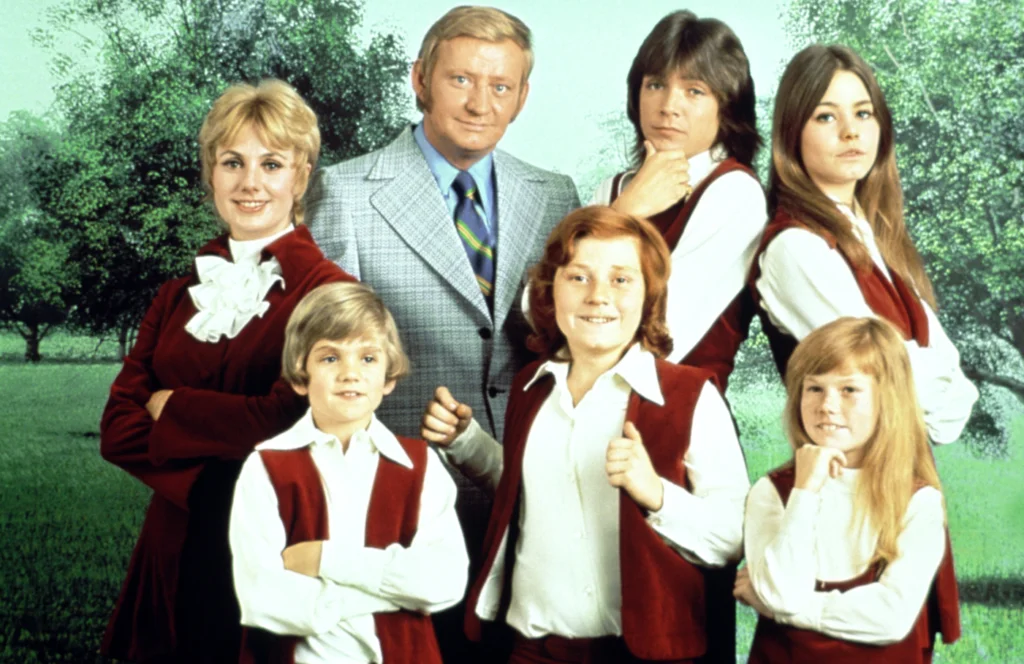
One episode revolves around a ventriloquist dummy that seems to cause mischief, and the jokes lean on over-the-top reactions from the family. It plays like a blend of sitcom and supernatural spoof, but not in a way that ages gracefully. The dummy becomes the center of the plot, overshadowing the family dynamics that usually drive the show. It’s a bizarre shift, even for a series known for quirky stories. The humor is broad, and the tone is uneven. And it leaves you wondering why the writers went this route.
Today, the episode comes across as more odd than funny. It’s a relic of that ’70s trend where sitcoms dabbled in supernatural or surreal stories without fully committing. The characters react with cartoon-level fear, which clashes with the show’s usual warmth. The whole thing feels disposable in hindsight. It’s amusing for the novelty, but the comedy doesn’t land the way it once did. And it ultimately feels like a detour rather than a meaningful story.
9. The Jeffersons and the Mixed-Up Engagement
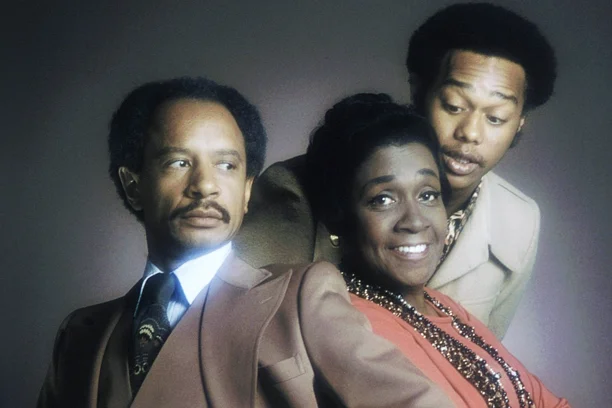
There’s an episode where a misunderstanding leads the family to believe someone is getting married, and the chaos spirals from there. The humor hinges on assumptions and leaps in logic that feel dated. While the cast delivers great performances, the writing pushes the characters into extreme overreactions. Today, it feels like the plot twists strain credibility. It’s a reminder of how sitcoms relied on miscommunication as their main fuel. But this one takes it to an almost absurd degree. And the payoff doesn’t justify the buildup.
Rewatching it now, the comedic beats feel predictable. The jokes rely on outdated gender assumptions and marriage stereotypes that no longer land the same way. The characters’ frantic energy can be fun, but it doesn’t save the episode from feeling formulaic. You can still enjoy the charisma of Sherman Hemsley and Isabel Sanford. But the storyline itself just doesn’t hold up as well as others in the series. And it ends up being one of the more forgettable episodes when viewed through a modern lens.
10. Barney Miller and the UFO Believer
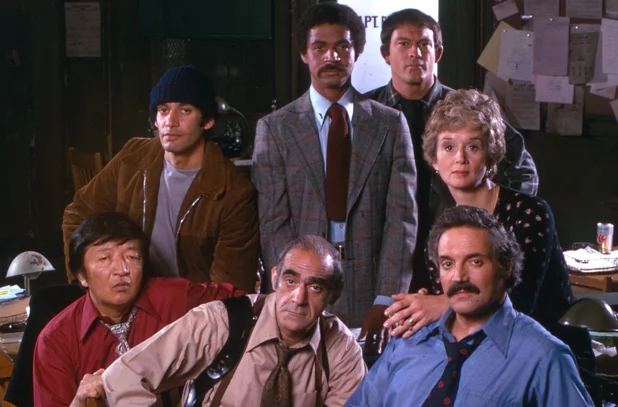
Barney Miller often handled quirky stories well, but the episode with a man insisting he’d been abducted by aliens pushes the premise into sillier territory. The show usually balanced humor and realism, but this storyline stretches that balance thin. The humor relies heavily on mocking the character’s belief. Today, it feels more like punching down than playful teasing. The precinct’s reactions are exaggerated in a way that doesn’t fit the show’s tone. And it’s not the kind of plot that ages with subtlety.
Watching it now, the jokes feel dated because they treat the man’s claims as something inherently laughable. Modern audiences are more sensitive about dismissing people’s experiences, even unusual ones. The episode leans too heavily into broad humor rather than character-driven storytelling. The cast does their best, but the script doesn’t give them much to work with. It feels like a rare misstep for a show known for its thoughtful writing. And it’s remembered more for its oddity than its laughs.
11. M*A*S*H and the Odd Love Triangle
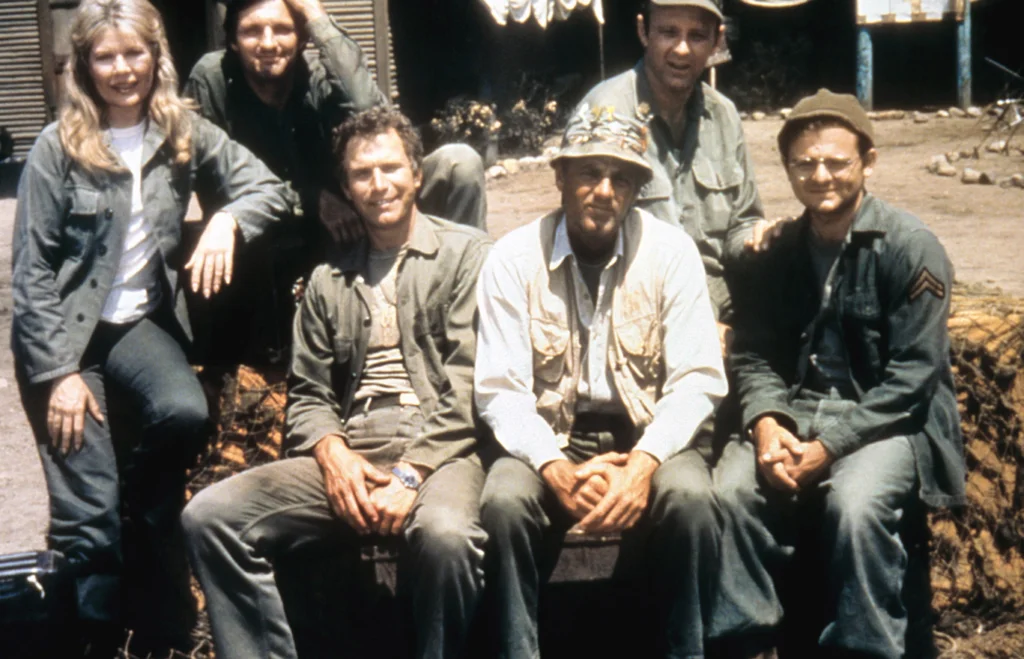
There’s an episode of M*A*S*H where the plot revolves around a complicated love triangle, and the humor leans on jealousy and pranks that feel immature now. The show’s best episodes blend humor and heart, but this one veers too far into sitcom antics. It treats emotional manipulation like a joke, which feels jarring today. The tone doesn’t match the series’ usual depth. The characters behave in ways that feel exaggerated for the sake of comedy. And it’s one of those stories that hasn’t aged with the grace of other episodes.
Rewatching it today, the episode feels out of sync with what makes M*A*S*H memorable. The jokes come across as forced, and the emotional stakes are too lightly handled. You can sense the writers aiming for levity, but it misses the mark. Modern viewers tend to prefer the show’s more thoughtful episodes. This one just feels like a detour. And while the cast always delivers strong performances, the script doesn’t rise to their level.
12. Sanford and Son and the Awkward “Fake Illness” Plot
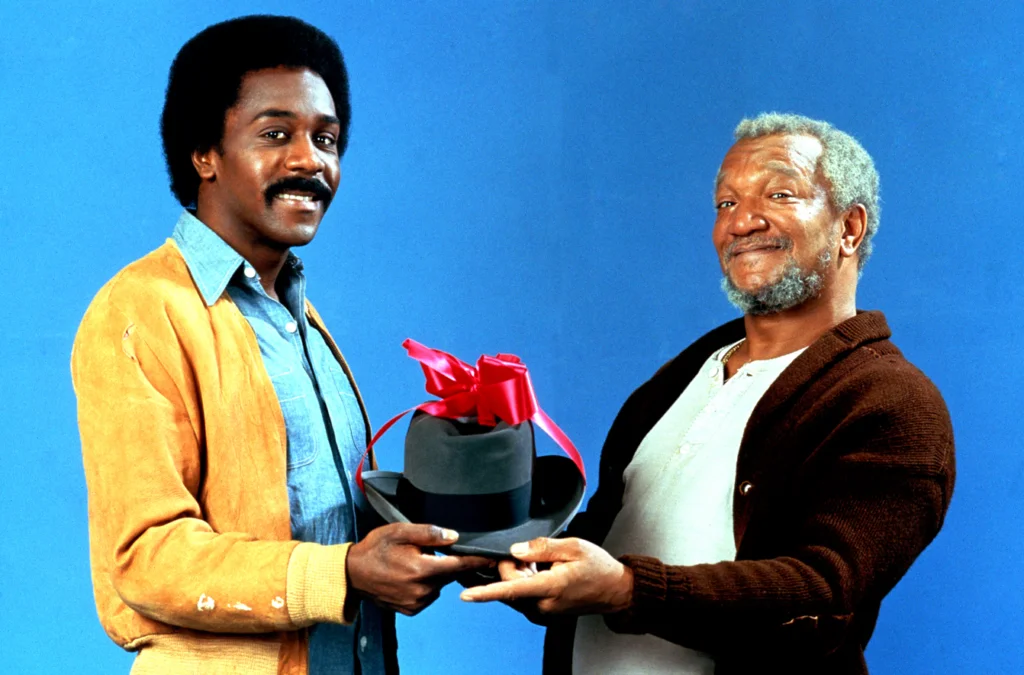
In one episode, Fred fakes a serious illness to manipulate a situation, and the humor comes from people believing him. It’s meant to be lighthearted, but the idea feels insensitive today. The jokes hinge on deception about something that shouldn’t be taken lightly. Redd Foxx plays it with his usual flair, but the premise still feels uncomfortable. The exaggerated reactions around him don’t help. And the plot feels far too thin to support a whole episode.
Today, viewers tend to see this storyline as one that hasn’t aged well. Playing with serious topics for laughs often doesn’t sit right in modern sitcom culture. The writing seems to chase gags rather than explore anything meaningful. The emotional beats feel shallow, even though the performers give it energy. It ends up feeling like a quick, forgettable episode rather than one that reflects the show’s strengths. And most fans agree there were much better storylines to revisit.
13. CHiPs and the Roller Disco Chaos
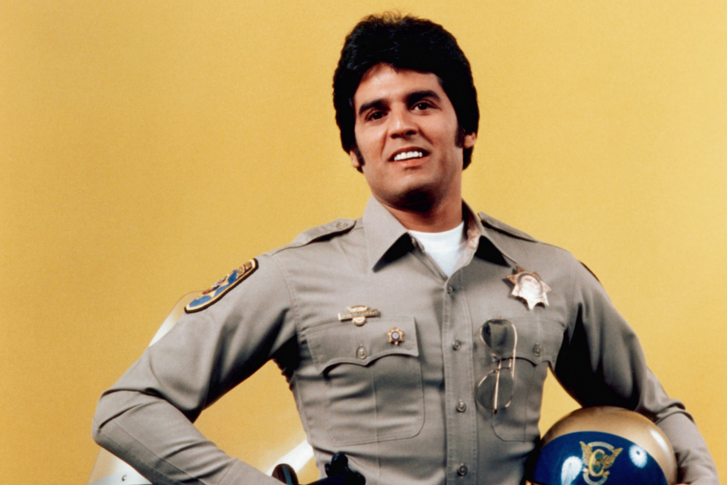
Even though CHiPs isn’t technically a sitcom, it often leaned into comedic plots, and the roller disco episode is so wild that it’s impossible to forget. The storyline is packed with over-the-top antics, flashy costumes, and chaotic stunts. But it leans so hard into trends of the moment that it feels instantly dated. The humor feels forced, and the camp factor is through the roof. It’s fun in a “watch what they tried to do” kind of way. But it doesn’t hold up as well when you look past the glitter.
Watching it now, the episode feels like a time capsule sealed in neon. The jokes depend on ’70s fads that don’t translate well to modern senses of humor. The characters get swept up in the roller-disco craze in ways that feel more goofy than entertaining today. You can appreciate the nostalgia, but the storytelling is thin. The whole thing feels more like a trend-chasing moment than genuine comedy. And it’s one of those episodes fans revisit mostly for a laugh at how absurd it all was.
14. Diff’rent Strokes and the Bizarre Celebrity Cameo Plot
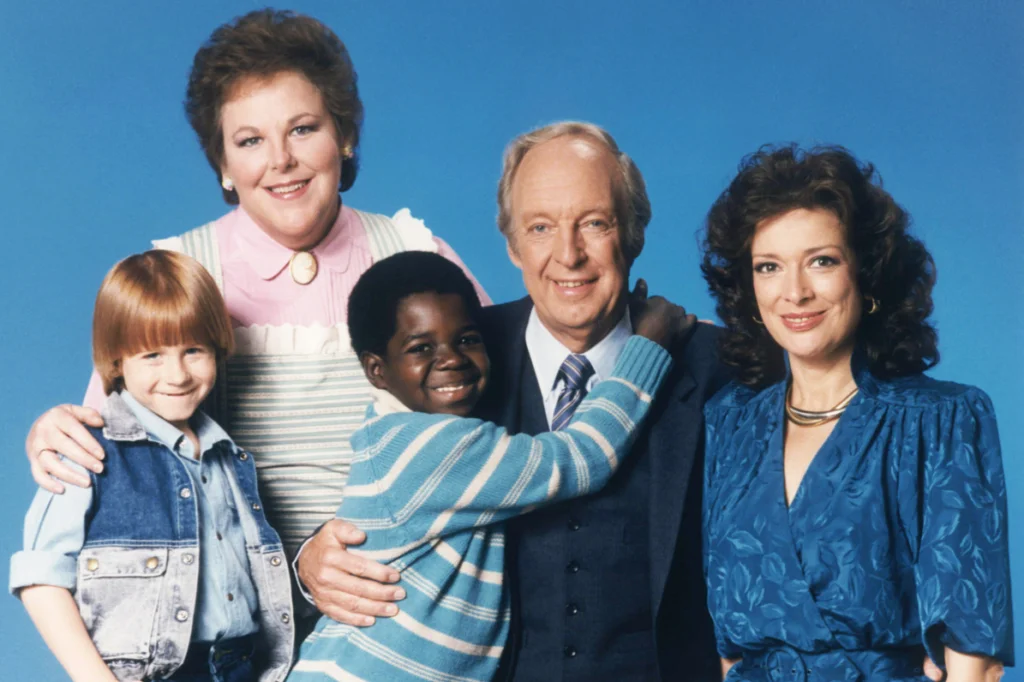
Yes, Diff’rent Strokes premiered in 1978, and there’s an early episode with a celebrity cameo that pushes the plot into truly strange territory. The entire story revolves around the star’s appearance, with the characters working overtime to accommodate the guest. It feels more like a promotional stunt than an organic storyline. The jokes revolve around fame and fandom in ways that feel weak now. It’s not the worst episode ever, but it definitely hasn’t aged well. And it stands out mostly because of how contrived it feels.
Rewatching it today, you can see the awkwardness in the pacing. The writing bends over backward to give the guest as much screen time as possible. The characters feel less like themselves and more like props. And the humor leans heavily on knowing who the celebrity was at the time, which doesn’t help new generations of viewers. It’s one of those episodes that’s remembered more for the cameo than anything else. And that’s probably why it feels so out of place now.


